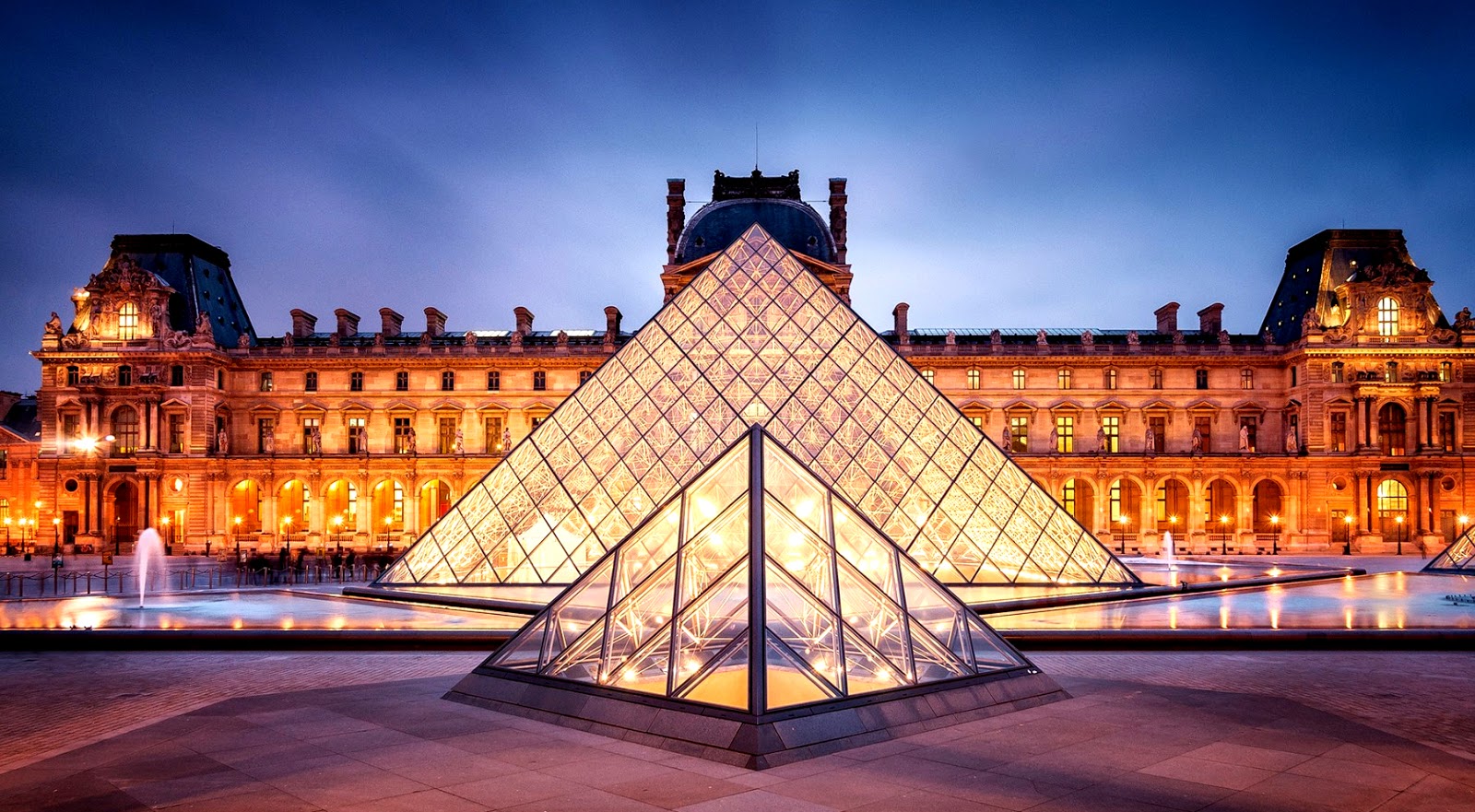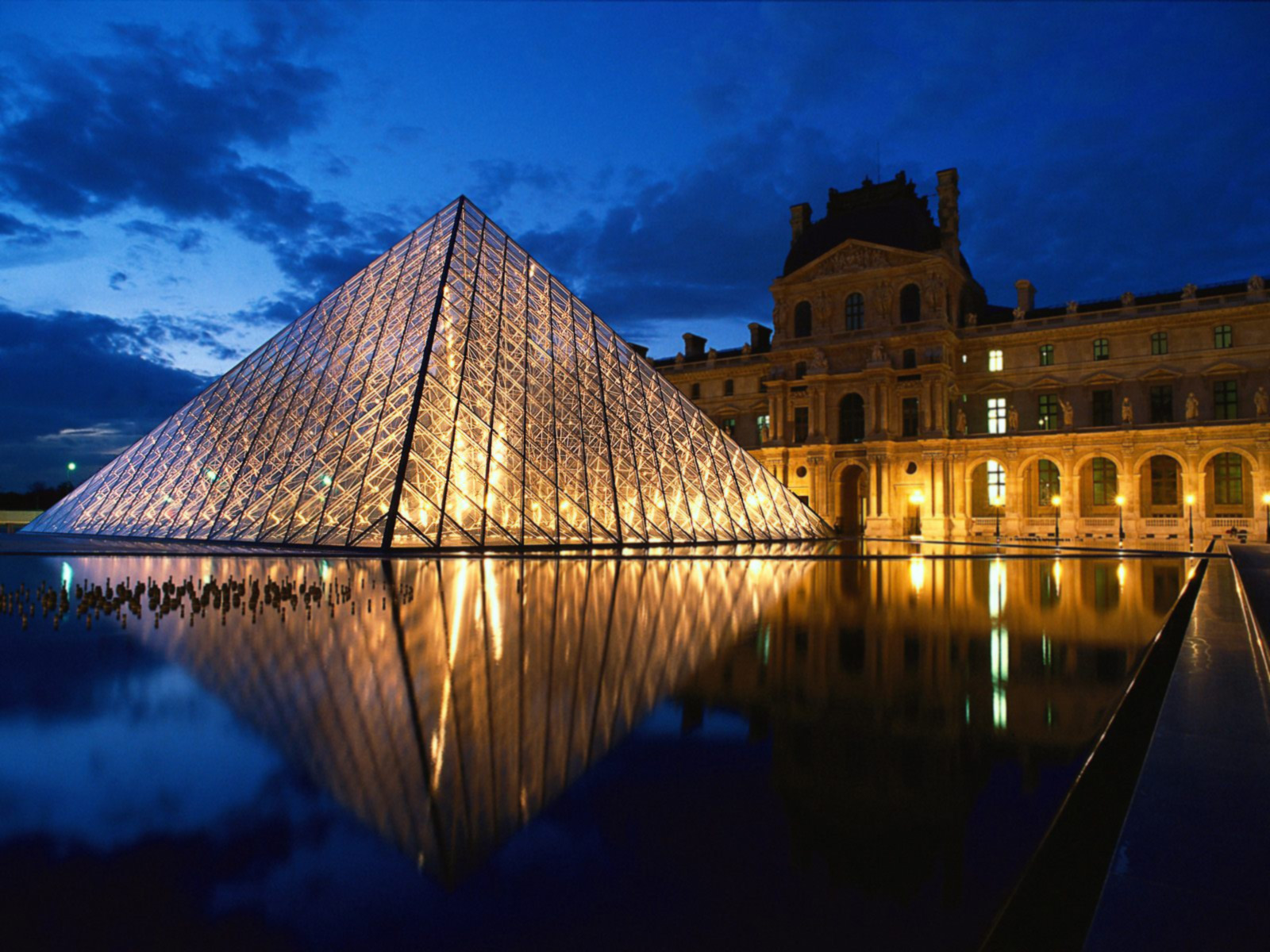The Louvre Museum: A Comprehensive Guide To The World's Largest Art Museum
The Louvre Museum is not just a place; it is a world of art, history, and culture that attracts millions of visitors every year. Located in the heart of Paris, the Louvre is the largest art museum globally, housing an extensive collection of artworks ranging from ancient civilizations to the 19th century. This article provides a detailed exploration of the Louvre Museum, highlighting its history, collections, visitor information, and tips for making the most of your visit.
Established in 1793, the Louvre has transformed from a royal palace into a public museum, becoming a symbol of French culture and art. The museum is home to iconic pieces, including the Mona Lisa and the Venus de Milo, which draw art enthusiasts and casual visitors alike. The rich history of the Louvre and its architectural evolution over the centuries make it a fascinating subject for anyone interested in art and culture.
In this comprehensive guide, we will delve into various aspects of the Louvre Museum, including its architectural beauty, the vast array of artworks it houses, practical information for visitors, and tips for navigating this colossal museum. Whether you are an art aficionado or a first-time visitor, understanding the Louvre will enhance your experience and appreciation of one of the world's greatest cultural treasures.
Table of Contents
- History of the Louvre Museum
- Architecture and Design
- Collections and Highlights
- Visiting the Louvre Museum
- Tips for Your Visit
- Special Events and Exhibitions
- Educational Programs
- Conclusion
History of the Louvre Museum
The Louvre Museum has a rich and complex history that dates back to the late 12th century when it was originally built as a fortress under King Philip II. Over the centuries, the Louvre underwent significant transformations, evolving into a royal palace before finally becoming a museum during the French Revolution.
In 1793, the Louvre officially opened its doors as a public museum, showcasing artworks confiscated from the monarchy and the clergy. Throughout the 19th and 20th centuries, the museum continued to expand its collection and underwent renovations, including the iconic glass pyramid entrance designed by architect I.M. Pei, which was completed in 1989.
Today, the Louvre Museum is a testament to France's artistic heritage and the evolution of art through the ages, attracting over 9 million visitors annually.
Architecture and Design
The architectural design of the Louvre Museum is as captivating as the artworks it houses. The museum's layout features a harmonious blend of historical and modern elements, with the glass pyramid serving as a striking contrast to the classical architecture of the surrounding buildings.
Key Architectural Features
- The Louvre Pyramid: A glass and metal structure that serves as the main entrance.
- The Courtyard: Encompasses the museum's historic buildings and provides a stunning view.
- The Napoleon Hall: A grand gallery showcasing the opulence of the Napoleonic era.
Collections and Highlights
The Louvre Museum boasts a collection of over 380,000 objects, making it one of the most comprehensive art collections in the world. The museum is divided into several departments, each dedicated to different artistic periods and styles.
Major Art Departments
- Near Eastern Antiquities: Artifacts from ancient Mesopotamia and Persia.
- Egyptian Antiquities: A vast collection of art and artifacts from ancient Egypt.
- Greek, Etruscan, and Roman Antiquities: Classical sculptures and artifacts.
- Islamic Art: Decorative arts from the Islamic world.
- Paintings: Works by masters such as Leonardo da Vinci, Rembrandt, and Delacroix.
- Decorative Arts: Exhibits of furniture, ceramics, and textiles.
Among the highlights of the museum are:
- The Mona Lisa by Leonardo da Vinci
- The Venus de Milo
- The Winged Victory of Samothrace
- The Coronation of Napoleon by Jacques-Louis David
Visiting the Louvre Museum
Planning your visit to the Louvre Museum is essential for a fulfilling experience. The museum is open every day except Tuesdays, and advanced ticket purchases are recommended to avoid long lines.
Visitor Information
- Location: Rue de Rivoli, 75001 Paris, France
- Opening Hours: 9 AM - 6 PM (Wednesday to Monday)
- Admission Fees: Adults: €15; Free for visitors under 18 and EU residents under 26.
Tips for Your Visit
To make the most of your visit to the Louvre Museum, consider the following tips:
- Visit early in the morning or late in the afternoon to avoid crowds.
- Use a museum map or app to navigate the extensive collection.
- Join guided tours for in-depth information about the artworks.
- Take breaks at designated areas to rest and recharge.
Special Events and Exhibitions
The Louvre Museum regularly hosts temporary exhibitions and special events that showcase specific artists, themes, or art movements. Checking the museum's official website for current exhibitions will enhance your visit.
Educational Programs
The Louvre Museum offers various educational programs for visitors of all ages, including workshops, guided tours, and lectures. These programs aim to deepen understanding and appreciation of art and history.
Conclusion
The Louvre Museum is a treasure trove of art and culture that offers visitors a unique glimpse into the world's artistic heritage. From its historical significance to its stunning collections, the Louvre is a must-visit destination for anyone interested in art. We encourage you to plan your visit, explore the magnificent artworks, and immerse yourself in the rich history of this iconic museum.
If you enjoyed this article, please leave a comment, share it with friends, or check out other articles on our site for more insights into art and culture!
Thank you for reading, and we hope to see you again soon!
Freddy: A Comprehensive Look Into His Life And Achievements
Understanding Trupanion: A Comprehensive Guide To Pet Insurance
Max Greenfield: A Deep Dive Into The Life And Career Of A Talented Actor


.jpg)